Author: Paul Amico
Selectively bred by plant researcher Todd Bates from wild hops discovered in New Mexico and named after counterculture icon Frank Zappa, the neomexicanus variety known as Zappa was first commercially grown in 2015 by CLS Farms in collaboration with the Zappa family. The list of characteristics Zappa is said to impart is as unique as the musician for whom it was named, ranging from passion fruit and mint to impulsive and purple.
Alpha: 6 – 8%
Beta: 8 – 9%
Cohumulone: 40 – 45% of alpha acids
Total Oil: 1.8 – 2.5 mL/100g
Myrcene: 64.37%
Humulene: 4.62%
Caryophyllene: 8.55%
Farnesene: 0%
Linalool: 0.82%
Geraniol: 0.67%
ß-Pinene: 1.26%
Parentage: unknown
I was never a huge listener of Frank Zappa, though his mustache was legendary in its own right, and I certainly appreciate his whimsical style. Having never used Zappa in my own brewing, I was excited to see how this wild American hop would play when used all on its own.
| MAKING THE BEER |
As usual, I brewed the simple Hop Chronicles Pale Ale recipe for this batch, as it was designed specifically with hop character amplification in mind.
Zappa Pale Ale
Recipe Details
| Batch Size | Boil Time | IBU | SRM | Est. OG | Est. FG | ABV |
|---|---|---|---|---|---|---|
| 5.5 gal | 60 min | 38.3 | 5.2 SRM | 1.056 | 1.011 | 5.91 % |
| Actuals | 1.056 | 1.011 | 5.91 % | |||
Fermentables
| Name | Amount | % |
|---|---|---|
| Lamonta (Mecca Grade) | 10 lbs | 90.91 |
| Vanora (Mecca Grade) | 1 lbs | 9.09 |
Hops
| Name | Amount | Time | Use | Form | Alpha % |
|---|---|---|---|---|---|
| Zappa | 54 g | 0 min | First Wort | Pellet | 2.6 |
| Zappa | 54 g | 30 min | Boil | Pellet | 2.6 |
| Zappa | 54 g | 15 min | Boil | Pellet | 2.6 |
| Zappa | 54 g | 2 min | Boil | Pellet | 2.6 |
| Zappa | 54 g | 4 days | Dry Hop | Pellet | 2.6 |
Yeast
| Name | Lab | Attenuation | Temperature |
|---|---|---|---|
| Flagship (A07) | Imperial Yeast | 75% | 32°F - 32°F |
Notes
| Water Profile: Ca 92 | Mg 1 | Na 10 | SO4 153 | Cl 50 |
Download
| Download this recipe's BeerXML file |
After flipping the switch on my controller to heat up the RO water I’d previously adjusted to my desired profile, I weighed out and milled the grain.
Once the water was properly heated, I stirred in the grains and set the controller to maintain my desired mash temperature of 152°F/67°C before preparing the kettle hop additions.
When the 60 minute mash rest was complete, I removed the grains and proceeded to boil for 60 minutes, adding hops at the times listed in the recipe. When the boil was finished, I used my CFC to chill the wort during transfer to a sanitized fermenter.
A refractometer reading showed the wort was at my target OG.
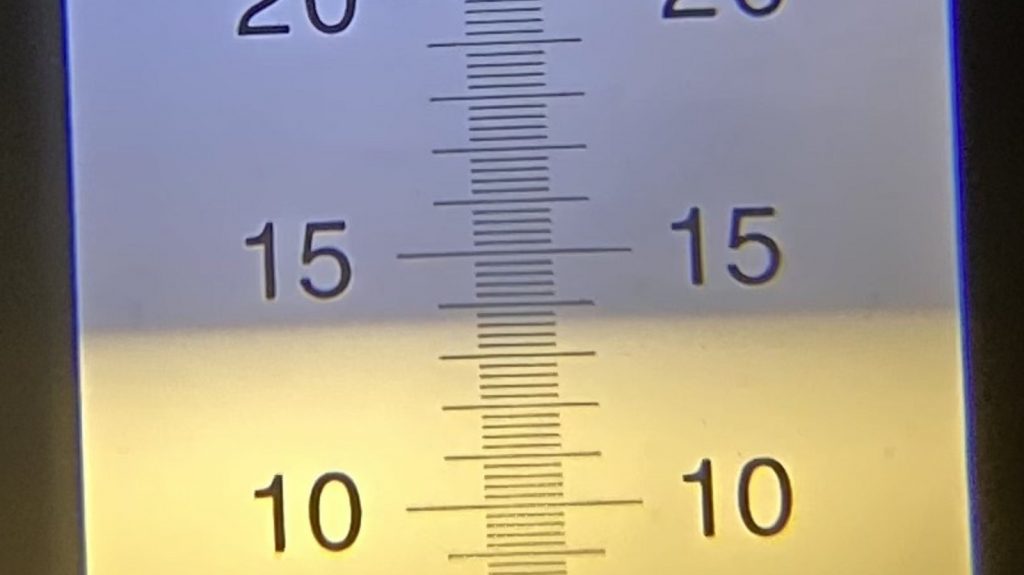
I then direct pitched a single pouch of Imperial Yeast A07 Flagship into the wort.
The beer was left to ferment at 66°F/19°C for 9 days before I took a hydrometer measurement confirming FG was reached.
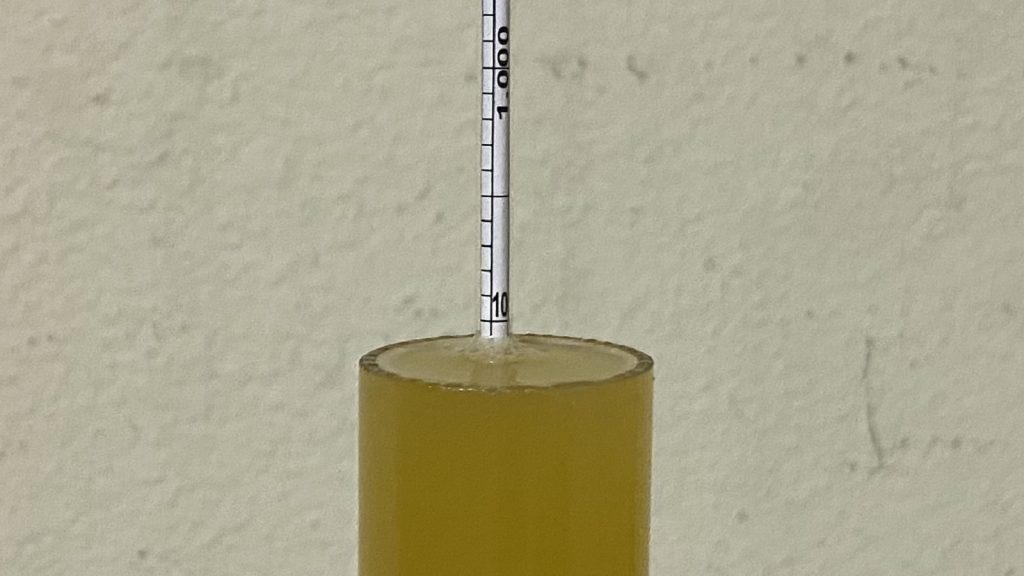
With fermentation complete, I transferred the beer to a CO2 purged keg.
The filled keg was placed in my keezer and burst carbonated overnight before I reduced the gas to serving pressure. After a week of conditioning, I began serving it to blind tasters.
| METHOD |
Participants were instructed to focus only on the aromatic qualities of the beer before evaluating the flavor. For each aroma and flavor descriptor, tasters were asked to write-in the perceived strength of that particular characteristic on a 0-9 scale where a rating of 0 meant they did not perceive the character at all and a 9 rating meant the character was extremely strong. Once the data was collected, the average rating of each aroma and flavor descriptor was compiled and analyzed.
| RESULTS |
A total of 19 people participated in the evaluation of this beer, all blind to the hop variety used until after they completed the survey. The average aroma and flavor ratings for each descriptor were plotted on a radar graph.
Average Ratings of Aroma and Flavor Perceptions
The 3 characteristics endorsed as being most prominent by participants:
| Aroma | Flavor |
| Citrus | Resinous |
| Tropical Fruit + Dank/Catty (tie) | Dank/Catty |
| Floral | Pine |
The 3 characteristics endorsed as being least prominent by participants:
| Aroma | Flavor |
| Berry | Berry |
| Apple/Pear | Melon |
| Melon + Resinous + Onion/Garlic (tie) | Stone Fruit + Apple/Pear (tie) |
When asked to rate the pungency/strength of the hop, most tasters perceived it as being mildly to moderately pungent.
Tasters were then instructed to identify beer styles they thought the hop would work well in.
Finally, participants were asked to rate how much they enjoyed the hop character on a 1 to 10 scale.
My Impressions: Upon opening the bag of Zappa hops and taking a big whiff, it was clear to me they weren’t like that typical varieties I’ve used, and this certainly carried through in the finished beer. On the nose, I got an oddly pungent blend of pine and floral notes with some fruit in the background, and the flavor was marked by earthy, spicy, and sappy resin. I wasn’t much a fan of how Zappa worked on its own in this beer.
| CONCLUSION |
The use of neomexicanus hops in modern brewing is relatively new, and the thought of using a truly American hop variety is rather appealing for some, which likely explains their general rise in popularity. One such variety is Zappa, named after singer/songwriter Frank Zappa, which is purported to impart an interesting menagerie of characteristics to beer. Indeed, when asked to evaluate a Pale Ale made with only Zappa hops, blind tasters rated citrus, tropical fruit, and dank/catty as being the most prominent aromatics, while resinous, dank/catty, and pine were noted as being the strongest flavor characteristics.
While uniqueness can be the thing that makes a novel hop standout, the fact a majority of tasters rated their preference for this single-hop Zappa Pale Ale as a 2 or lower out of 10 suggests it wasn’t terribly well received, which may well be a function of the way in which it was used. That said, some tasters did seem to enjoy to curiously pungent mix of characteristics Zappa contributed to the beer.
Preference is absolutely subjective, and while I don’t tend to be terribly picky, there really wasn’t much I enjoyed about this Zappa Pale Ale. To me, the combination of pine, spice, floral, resin, and just a hint of fruit clashed to the point of being both confusing and unpleasant. In discussing my opinion about this hop with other brewers, I learned many prefer using it in smaller doses with more fruity varieties toward the end of the boil or in the dry hop, as it can add a nice danky note to hoppy IPA. I’m curious to try this out for myself, but I won’t be using Zappa in this capacity again anytime soon.
Zappa hops are available now at Yakima Valley Hops, get some while you can! If you have any thoughts on this variety, please feel free to share them in the comments section below.
Support Brülosophy In Style!
All designs are available in various colors and sizes on Amazon!
Follow Brülosophy on:
FACEBOOK | TWITTER | INSTAGRAM
If you enjoy this stuff and feel compelled to support Brulosophy.com, please check out the Support page for details on how you can very easily do so. Thanks!

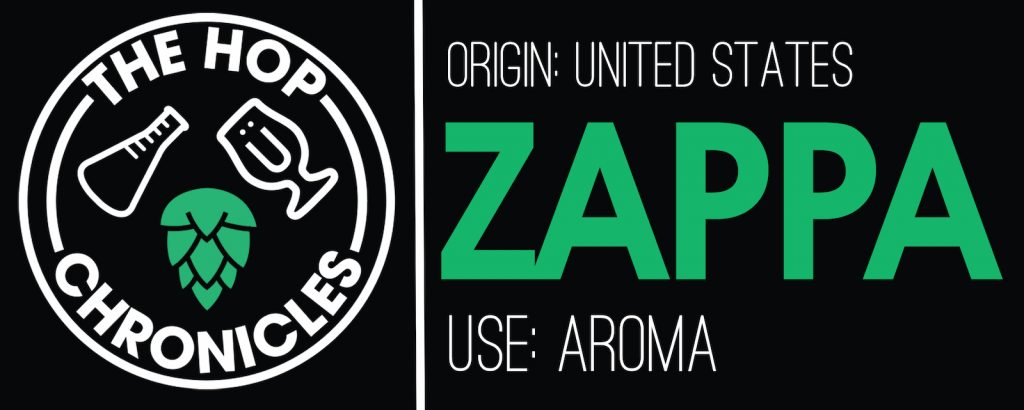

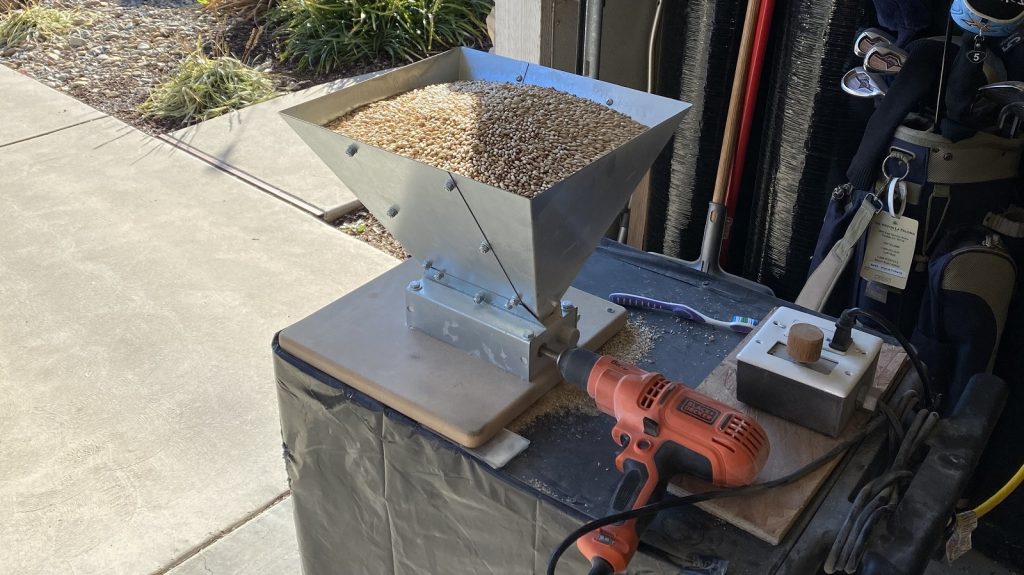
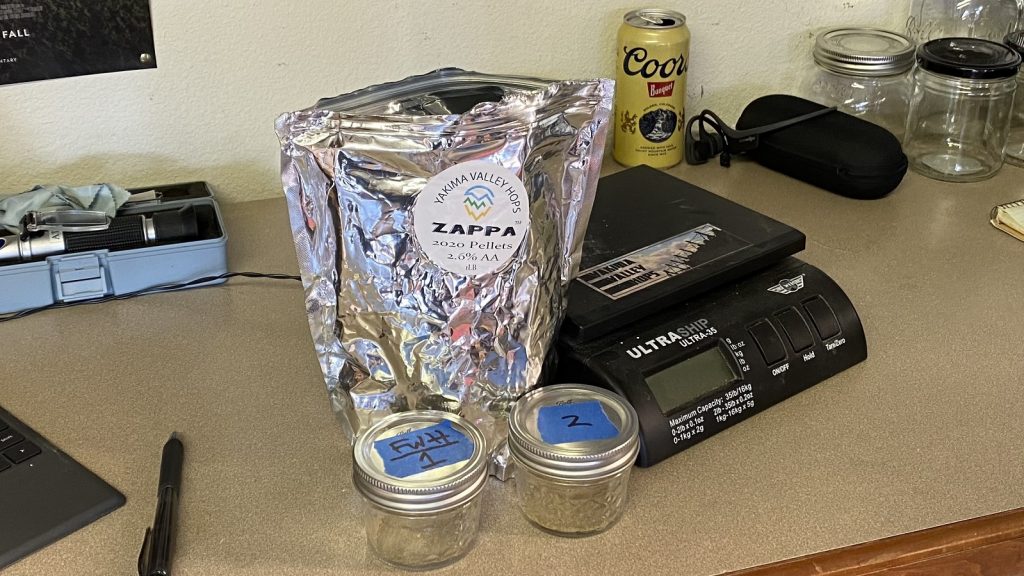
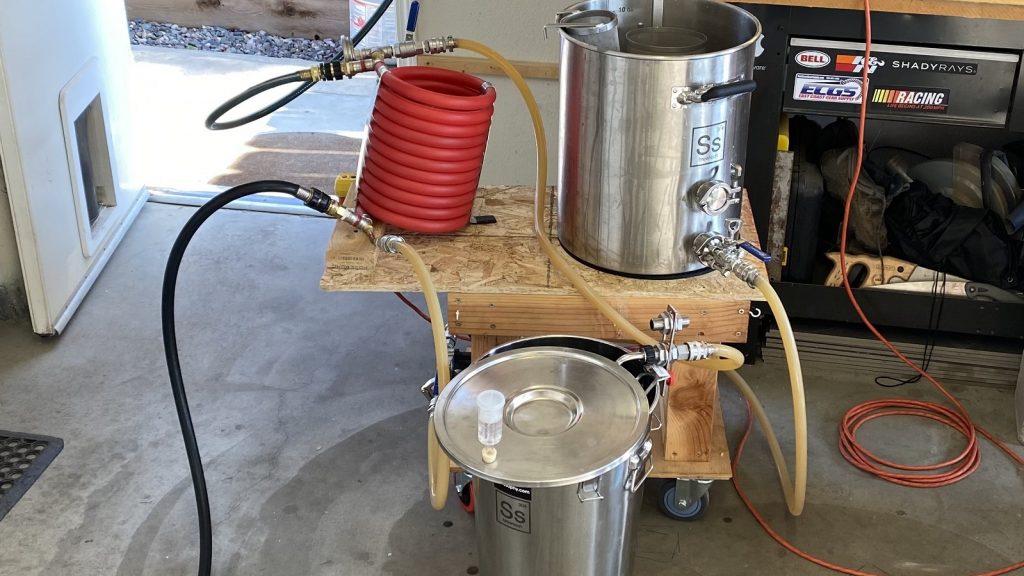
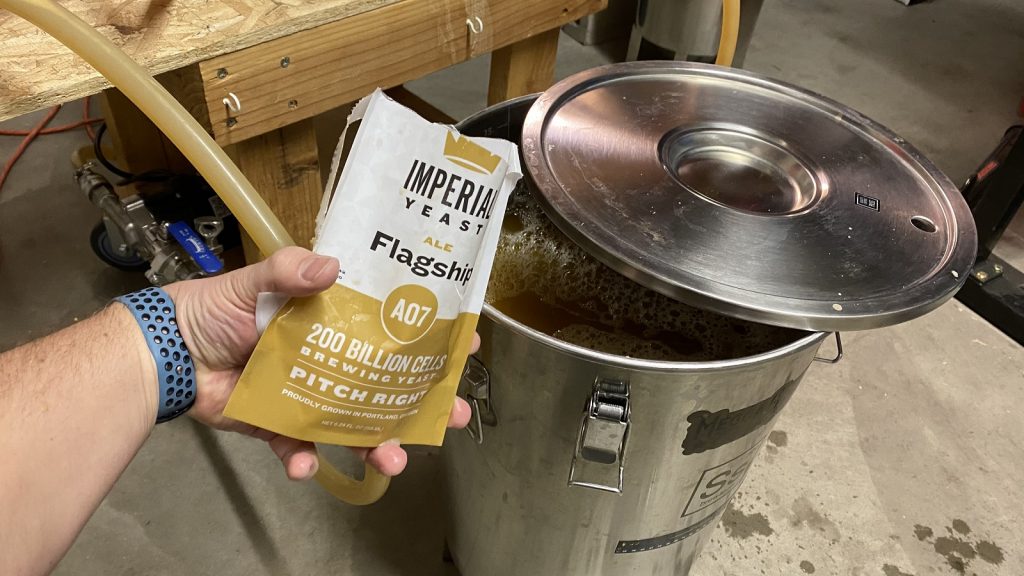
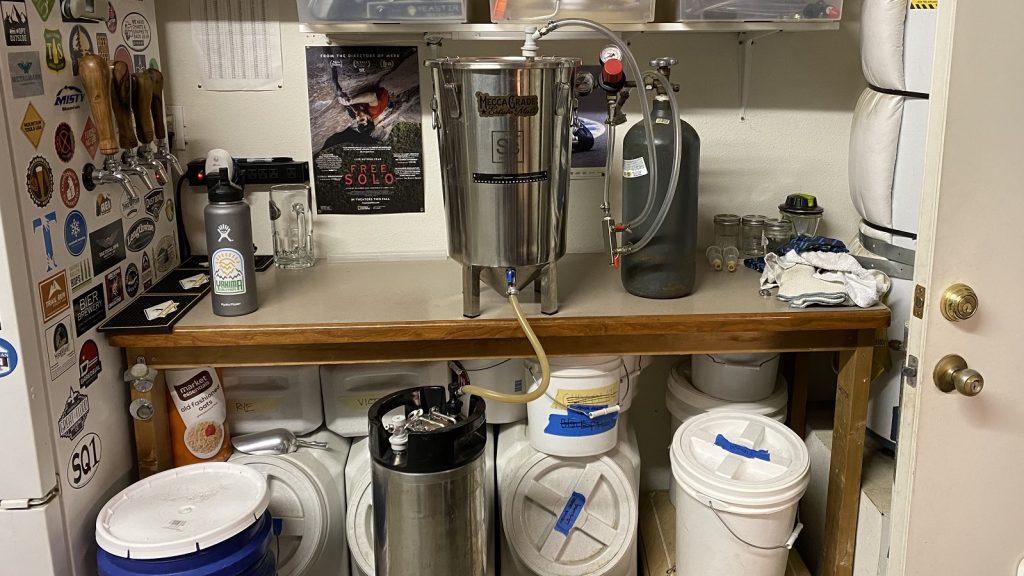
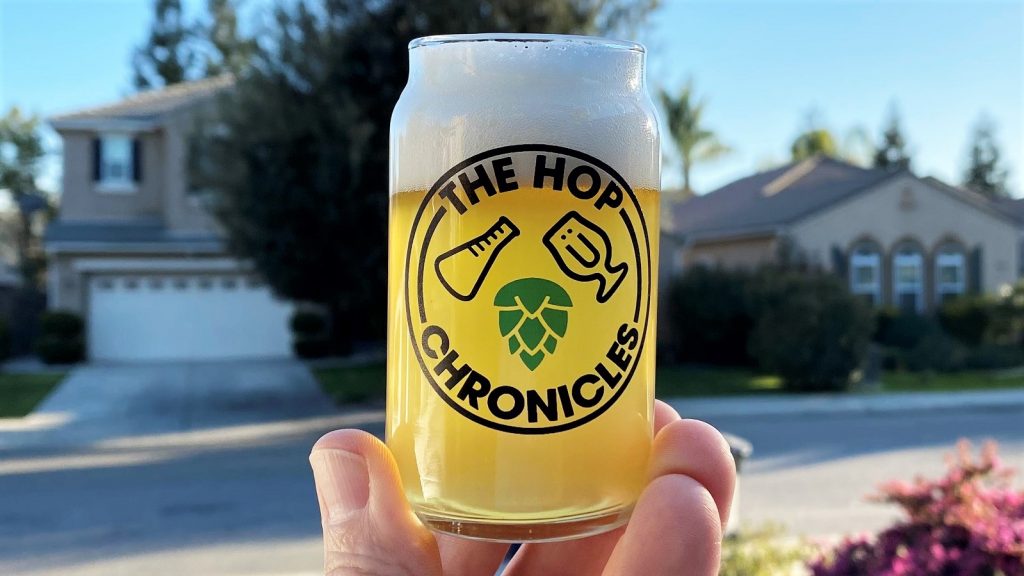

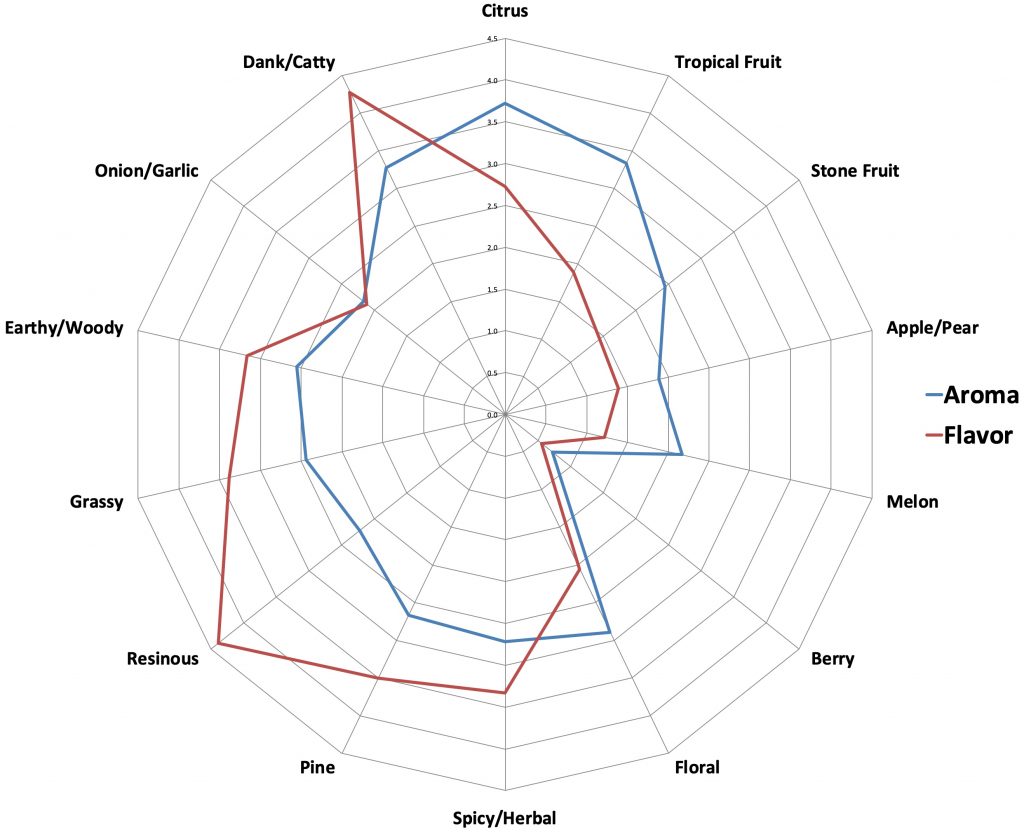
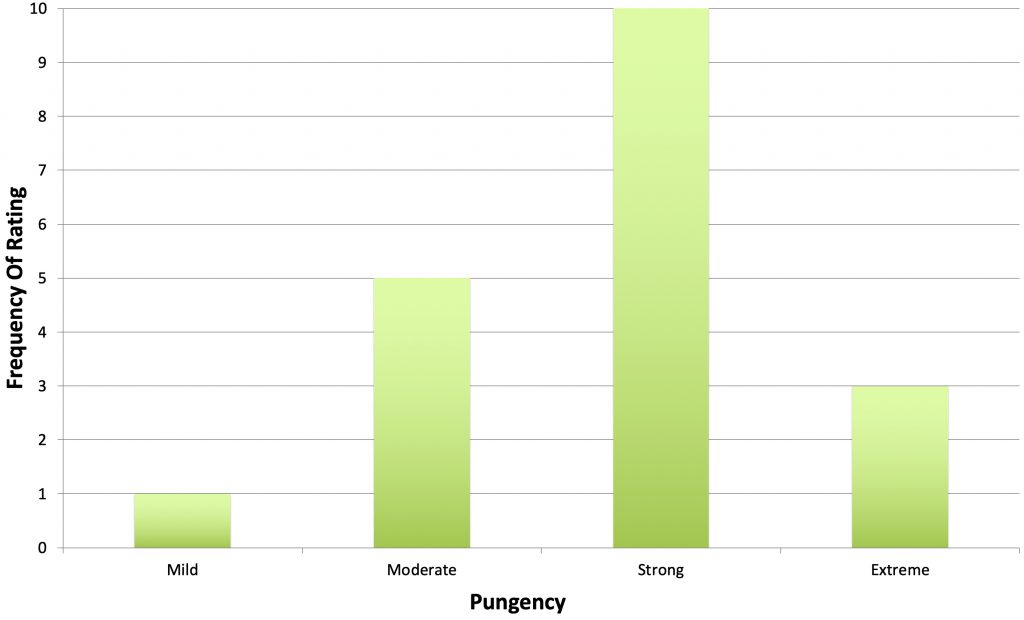
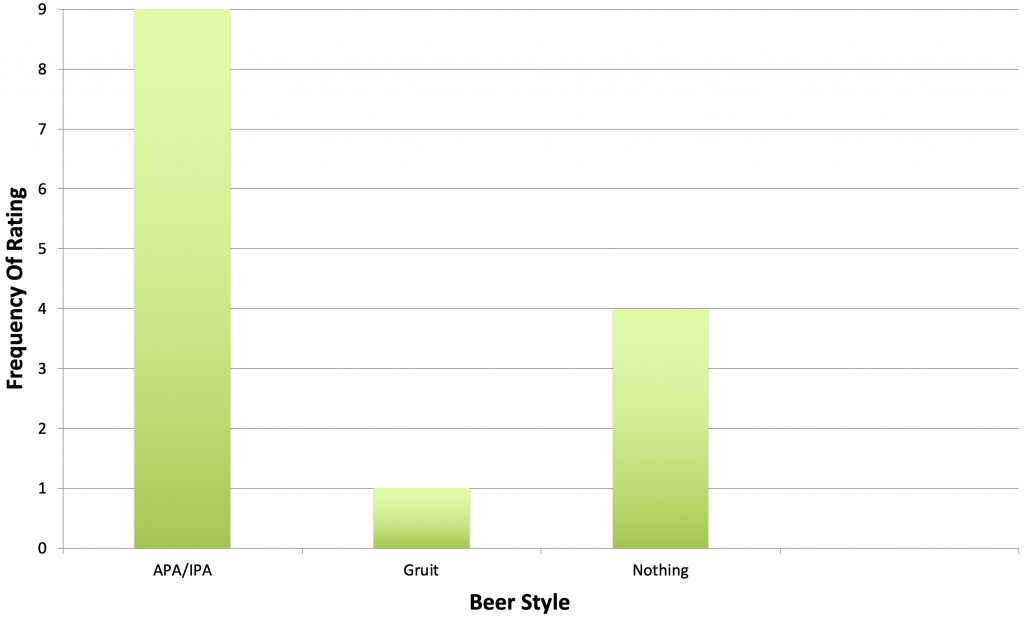
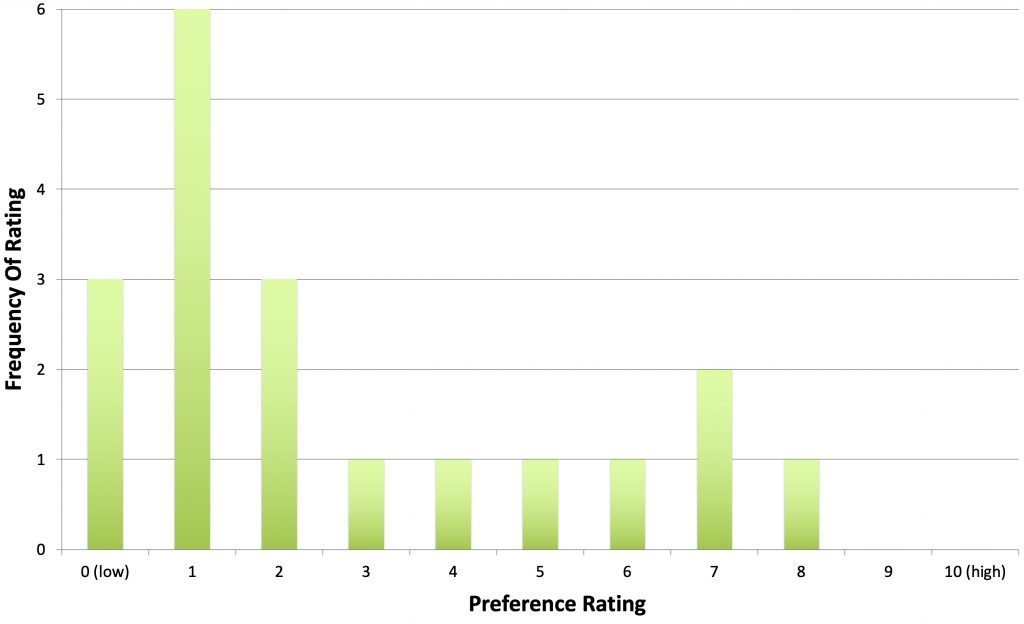











14 thoughts on “The Hop Chronicles | Zappa (2020) Pale Ale”
I’m very interested in trying this hop. I brew small batches mainly. What are you trying to achieve by adding 54 grams at each hop drop? What tips could you add for a small 3 gal batch? When I try to clone a recipe I tend to copy percentages and “IBU” to get me in the ball park.
I always try to hit around 42 IBUs in my Hop Chronicles batches. The alpha for this particular batch was around 2% so I needed quite a bit to hit the target.
As we at Bel Air Brewing brew in 10 gallon batches or larger, we will continue to stay with tried & true Noble type hops. Always great results. Yes, “Moving To Montana Soon” (Dina Mo Hum) was a cool song, and I listened to The Mothers Of Invention decades ago.
I must try this. The flavor and aroma profiles are what my ultimate hop dream is. With the expected alpha range of 6-8%, the actual 2.6% was a surprise I am sure. I read somewhere, I believe it was Gordon Strong, that when in doubt always go with more hops, but….damn, 9.5oz in 5.5g is a lot of hops to me. Thanks for showcasing this one!
“Zappa is said to impart is as unique as the musician for whom it was named, ranging from passion fruit and mint to impulsive and purple.”
I didn’t know impulsive and purple are flavors.
Out of interest, how did you attach a gas post to your brew bucket?
I think Brewers Hardware sells a gas post for exactly this purpose, though it could have been another site. Make sure you get a silicone flat washer to seal, though. I’m using an o-ring at the moment and it leaks.
I’ve had a few craft beer with it as a single hop beer , i hate it ! Comes to me it taste like pepper
Not enough purple in my pales yet!
I’m ordering some Zappa tonight. Maybe try it in small doses with some HBC 586 and maybe a little Mosaic. If we’re truly moving to Montana to be dental floss tycoons, we need more dank with our fruit.
I did an amber ale with Zappa last year. Added a bit of Citra to round it out. Came out decent, unique but had some aspects I didn’t love. The dank on it is so earthy and almost skunky. Here are my notes about the beer:
“First of all the purple berries and ditch weed descriptors are definitely accurate. The dank of it is much much ‘skunkier’ than normal dankness in other hops, and it’s not something I find to be very pleasant at the strength it’s presenting in in this beer.”
The best single descriptor for it was fresh blackberries, but with that ultra earthy dank that gave it a big dirt and weed vibe.
Very cool hop either way, but it may vary a lot year to year. Mine were 5.x percent AA I think, so there are some wild swings I guess. Maybe this year is just an odd year, or maybe it’s just a hop for blending
As it is only an aroma hop I’m not surprised the beer was not appreciated – the cohumulone percentage that high should have set the alarm bells off. I would anticipate a harsh, brutal bitterness, enough to strip the enamel off your teeth.
Have you (or anyone else) tried using this hop in any more effective ways? I received half a pound of it in a competition prize bag, but after reading this, I’m a little hesitant to give it a shot. I always like the idea of doing a single-hop beer to learn about a new variety I haven’t tried, but certainly don’t want to end up with something undrinkable.
If all else fails, maybe I could use it as a bittering hop in something like a stout… since the flavrs would probably be mostly covered and I have it sitting around anyway…?
Ryan B, I commented back in March of 2021 that I was thinking about a pale ale with Zappa (see Cowboy comment March 18). I did make that beer a few weeks later with Mosaic, HBC 586 and Zappa. My beer buddies and I liked it. Not sure if Zappa added much, although I can’t say I featured it. My plan was to repeat the recipe, but increase the Zappa to 586 ratio. Got distracted by other beers to make and never went back. If I were you I’d try it in a pale or IPA. I’d say go for it. It certainly won’t be bad.
It’s great you asked this. I spoke to a professional brewer after we did this to see if they had any insight and he felt like this actually might be best used as a whirlpool or hop stand hop added when the temp is 180 degrees or below. I have been wanting to try that but haven’t had time or fermenter space to do it. I actually liked the aroma but the flavor was so bitter and unpleasant I haven’t been motivated to do it. He also suggested looking at the beta acids because those could impart harsh or unpleasant flavors when boiled.
So… maybe don’t try that stout just yet. Maybe try a fry hop first, see if that goes ok, and then try the hopstand to see if it gets you what you’re looking for.